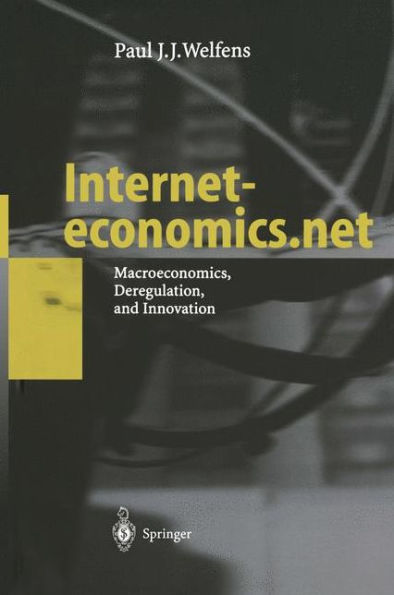Home
Opening Networks to Competition: The Regulation and Pricing of Access / Edition 1
Loading Inventory...
Barnes and Noble
Opening Networks to Competition: The Regulation and Pricing of Access / Edition 1
Current price: $109.99


Barnes and Noble
Opening Networks to Competition: The Regulation and Pricing of Access / Edition 1
Current price: $109.99
Loading Inventory...
Size: OS
*Product Information may vary - to confirm product availability, pricing, and additional information please contact Barnes and Noble
David Gabel and David F. Weiman The chapters in this volwne address the related problems of regulating and pricing access in network industries. Interconnection between network suppliers raises the important policy questions of how to sustain competition and realize economic efficiency. To foster rivalry in any industry, suppliers must have access to customers. But unlike in other sectors, the very organization of network industries creates major impediments to potential entrants trying to carve out a niche in the market. In traditional sectors such as gas, electric, rail, and telephone services, these barriers take the form of the large private and social costs necessary to duplicate the physical infrastructure of pipelines, wires, or tracks. Few firms can afford to finance such an undertaking, because the level of sunk costs and the very large scale economies make it extremely risky. In other newer sectors, entrants face less tangible but no less pressing constraints. In the microcomputer industry, for example, high switching costs can prevent users from experimenting with alternative, but perhaps more efficient hardware platforms or operating systems. Although gateway technologies can reduce these barriers, the installed base of an incumbent can create powerful bandwagon effects that reinforce its advantage (such as the greater availability of compatible peripherals and software applications). In the era of electronic banking, entrants into the automated teller machine· (A TM) and credit card markets face a similar problem of establishing a ubiquitous presence.


















